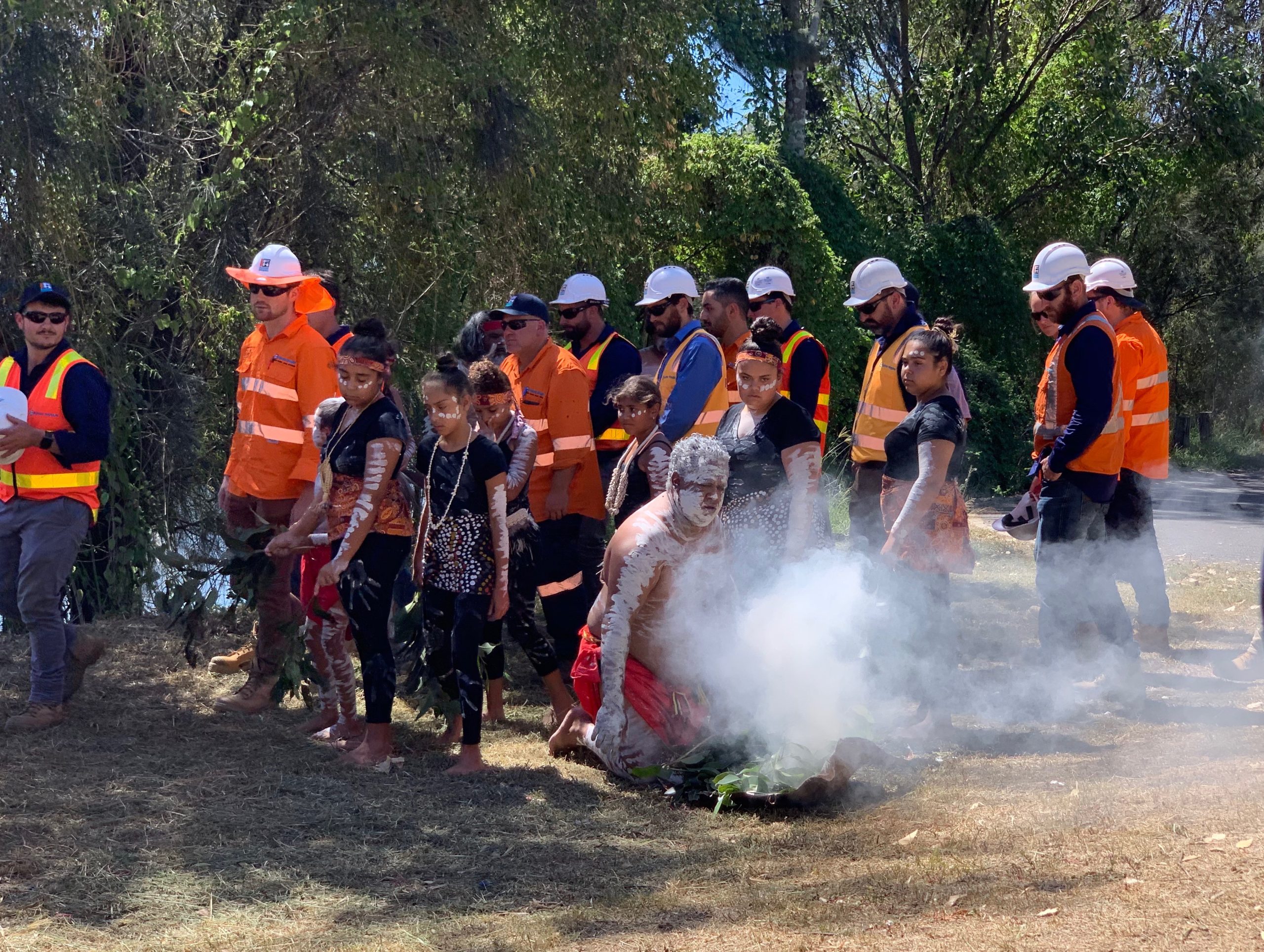Embracing ‘Cultural Diversity’ in infrastructure delivery
IS Thought Leadership by Samuel Leigh
Australia, home of the oldest living society on earth takes pride in being one of the most ethically and culturally diverse countries in the world. That cultural diversity is now so profound that by 2016, 75% of the population identified with ancestry other than Australian. In infrastructure delivery, there is an opportunity to embrace a culturally diverse workforce by being open and adaptable. To provide training, careers and cultural engagement to capitalise on the opportunity diversity provides.
Post COVID, governments are facing the significant challenge of taking the lead role in re-igniting economic activity as unemployment rises, potentially to as high as 10%. Unemployment has hit various sectors unevenly. The ongoing travel and movement restrictions have devastated the aviation and tourism industries, hospitality is scrambling to survive and commercial builders are busy reassessing which projects are viable with less foreign investment in the apartment industry.
Governments will use infrastructure projects as a mechanism to stimulate economic activity across Australia. Infrastructure offers a unique opportunity for employment as it creates a platform for growth due to the sheer numbers of people and diverse range of skills required to deliver projects.
Infrastructure delivery also helps to spread economic benefit through a trickle-down effect across the many inputs it requires including subcontractors, consultants, services and materials. Project worksites are open dynamic places involving many hundreds of people from all walks of life working together for a shared purpose.
Construction is one of only a few industries where people can enter as unskilled and learn on the job. This is especially important in regional economies where there is simply less opportunity for training and employment than the large cities of Australia. When projects come to regional areas such as the rebuilding of the Newell Highway or the Inland Rail project there is rightly a focus on local engagement, employment and legacy programs.
Delivery of infrastructure can be a means to just give people a go. In Victoria the Brotherhood of St Laurance ‘Given the Chance’ program assists disadvantaged job seekers into sustainable paid employment by supporting employers to diversify their workforce and develop a socially inclusive culture. A similar program also exists in NSW with the ‘Infrastructure Skills Legacy Program’ a state wide program aimed at a providing opportunities for learning workers, apprentices, females, indigenous and people under 25. The overall aim of this program is to boost the number of skilled construction workers.
The number of non-English first language peoples coming into Australia each year creates a pool of talent that shouldn’t be overlooked. Canny businesses see this influx as an opportunity to gain engineers in a tight market. Programs like the Engineering Pathways Industry Cadetship recruits qualified engineers from refugee or asylum seeker backgrounds, bridging the gap between businesses and industry. The aim is to assist job seekers gain the connections and support they need to find their feet. The barriers often faced are about language and cultural differences, understanding what these are and adapting can open a door for willing and dedicated people to contribute to Australian projects.
Indigenous Australians might be our first engineers but they are one of the lowest represented groups in Australian engineering. Engineering Aid Australia since 1996 has focused on teaching young indigenous Australians about the opportunities of engineering and promoting careers which can be taken back to communities that need water, transport and energy projects.
The construction industry should stand up and do its part to help Australia respond to the current economic crisis and it must do so in a way that is inclusive and brings lasting benefit to the country. It is no longer enough to protect workers’ rights, provide safe work sites or respect the environment. Value for money and efficient programs are a ‘given’ – clients require more from delivery partners. A project cannot just be the ribbon cutting at the end. We must deliver infrastructure for communities and customers, which means placing their needs at the front and centre of how operate.
People have always been at the centre of infrastructure builds. Think of the walking trail through the landscape, the story circle on the riverbank, the road, the tunnel or balance cantilever bridge – all infrastructure, old and new, is at its heart about connecting people and places through the landscape.
Successfully embracing the opportunity of cultural diversity requires a willingness to listen, to seek help from local service providers and above all to have open mind. Leadership groups should allow their delivery teams to be responsive and have autonomy to try new things.
When we commit to working together during project delivery, we can provide benefits for all the people of Australia. The development of infrastructure is short term in the build, but long term in the legacy it leaves behind.
___
Fulton Hogan is a family and employee owned business that prides itself for living its values and is committed to the social purpose of ‘building communities’.
Samuel Leigh, Environmental Manager for Fulton Hogan’s Eastern Construction Region in NSW

